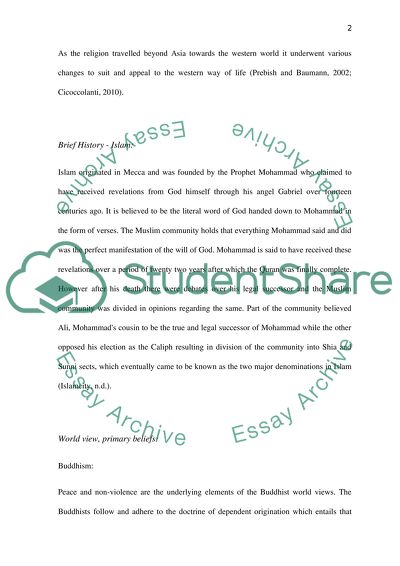Cite this document
(“Buddhism and Islam Essay Example | Topics and Well Written Essays - 5750 words”, n.d.)
Buddhism and Islam Essay Example | Topics and Well Written Essays - 5750 words. Retrieved from https://studentshare.org/sociology/1481514-religion-gender
Buddhism and Islam Essay Example | Topics and Well Written Essays - 5750 words. Retrieved from https://studentshare.org/sociology/1481514-religion-gender
(Buddhism and Islam Essay Example | Topics and Well Written Essays - 5750 Words)
Buddhism and Islam Essay Example | Topics and Well Written Essays - 5750 Words. https://studentshare.org/sociology/1481514-religion-gender.
Buddhism and Islam Essay Example | Topics and Well Written Essays - 5750 Words. https://studentshare.org/sociology/1481514-religion-gender.
“Buddhism and Islam Essay Example | Topics and Well Written Essays - 5750 Words”, n.d. https://studentshare.org/sociology/1481514-religion-gender.


